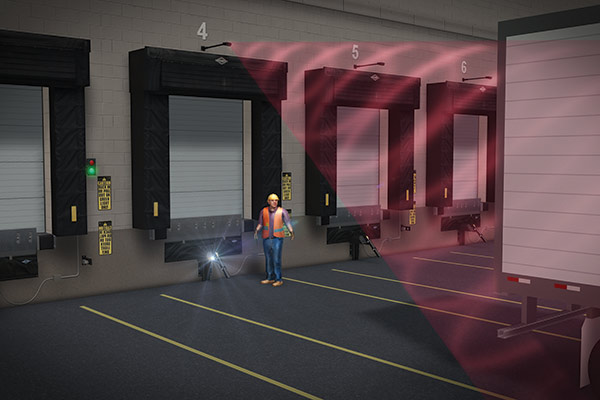Loading dock best practices make their mark
Usage, safety and maintenance are the power triangle when it comes to maximizing dock area safety and throughput while lowering operating costs.
It’s mid-week and your docks are getting busier by the hour. It’s happened before, but this week it just feels more intense than usual. And then everything seems to shift to slow motion. What just happened?
Orders continue to be received and picked at a steady pace. Replenishment stock is stored and moved unimpeded. The packaging area is steadily processing orders for shipment.
But wait just a minute. The problem is at the docks. Exactly where you’re standing. But the exact cause isn’t immediately obvious. It’s time to take a closer look at what keeps your docks receiving and shipping at peak efficiency.
The place to start is dock best practices. They break down into three buckets: usage, safety and maintenance. Problems in any of the three can bring a DC to its knees. And with good reason.
Dock area usage, safety and maintenance are all related to each other, says Rich Schlesinger, manager of U.S. distribution sales at Entrematic.
That said, best practices at the dock start with safety. “Long-term employee health and safety is your leading concern,” says Walt Swietlik, director of customer relations and sales support at Rite-Hite.
As Schlesinger and Swietlik agree, good safety practices lead to good usage practices. And good maintenance practices ensure that the dock equipment operates properly without endangering people or causing bottlenecks.
In other words, best practices in dock areas is a package deal. Here’s a blueprint for making them standard practice at your facility.
Start with building design
Yes, not everyone gets to start with a new building. Often the dock area is what it has been for years. But consider the principles for good dock design in new buildings as a starting point for upgrades of existing ones.
In both cases, the principle behind dock operations is simple. As Schlesinger puts it, “we all want docks to load, load, load, and unload, unload, unload all day long. We want it to happen faster and with greater efficiency. But that doesn’t mean your docks have to be less safe.”
The trick is to start with good dock design, says Swietlik. Unfortunately, he says, there is often a huge lack of knowledge here. Worse yet, it’s dated knowledge. Most people who were once involved in dock design at their facility haven’t done it in 10 or more years. In that time, for instance, trailers have gotten longer, wider and lower—impacting dock design.
There’s a tendency, says Swietlik, to focus on the number of docks that can be jammed into a given area. “That’s not the best path to safe and efficient dock design,” he says.
Instead, Swietlik offers four guidelines for best dock design
- It starts with a recommended drive approach of 150 feet.
- Door centerlines should be 12 to 14 feet.
- Dock heights should range from 46 to 48 inches.
- Minimum overhead door space should measure 9 feet wide by 10 feet high.
Additionally, expected usage of the docks is a key factor in design. Will 80 trucks use them in 24 hours or is the number closer to 10? What is the expected load size and weight? Will full truckloads with 30 pallets per trailer dominate? Or will it be less-than-truckload with a pallet or two per trailer? Or, some combination of the two?

A range of options can improve dock safety (left to right). A master control panel interlocks restraints, doors and levelers. Floor lights indicated the readiness of a dock for use. Lights bracketing each dock door visually communicate that a trailer is secured and it is safe to open the door.
Equipment selection is critical
Clearly, the first step to dock best practices is good dock design. The next step is equipment selection, says Schlesinger, with safety as the underlying premise.
“We’ve seen companies in the past couple of years put enormous importance on safety equipment at the dock,” he says. As part of that shift, people are starting to look beyond the initial cost of dock equipment. Now the focus is more on cost over the life span of the equipment and building, exposing greater cost benefits than previously realized.
Schlesinger identifies three key areas here: restraints, master control panels and barrier gates.
“Restraints are an easy and economical way to improve safety,” says Schlesinger. When the trailer is backed into place at the dock, the restraint locks onto the trailer’s rear impact guard and securely holds it in place. The alternative is chocks. Unfortunately, chocks are put in place manually and do not secure the trailer as strongly as restraints.
“There is now more demand than ever for restraints,” says Swietlik. “It’s an evolution that people have come to realize restraints create a safer environment than chocks.”
Furthermore, restraints can be even more effective when linked to a master control panel. That way, nothing happens at the dock, including opening the door, until the trailer is locked in place. In other words, the system locks out all activity until everything is safely in place.
Or as Schlesinger puts it, “a master control panel interlocking the restraint and leveler makes restraints easier to include in the loading cycle. This is just another example of how safety and usage are joined in dock best practices.”
This can be further enhanced with the use of lights bracketing the dock door inside the building. When lit in the upper corners of the door, the lights visually communicate to workers that the trailer is locked in place and it is safe to open the door. Such lighting is typically part of a communication system that makes it possible for everyone in the dock area to know the readiness of a dock for loading and unloading.
In addition, dock areas are busy places with lift trucks and people making them congested and potentially unsafe. It doesn’t help that loading zones are increasingly squeezed for space, too.
There’s also the matter of elevated work areas and the danger of falls. In early 2017, OSHA reissued instructions for guarding against trips and falls from elevated areas. Busy dock areas and falls are where barrier gates and other protections come in to the picture.
Schlesinger says they’re becoming increasingly popular as people try to get the best space usage from a facility while keeping people safe, both on and off lift trucks. Or, as Swietlik says, “painting a yellow line on a floor does not go far enough to protect pedestrians in the dock area.”
You can choose several different barrier gate designs. Some are fixed position, while others can be opened and closed as needed.
Several other types of guards to protect people and equipment are available. Some are light-based and tie into the master control panel. One identifies traffic indoors at the dock as well as outdoors in the driveway approach to the dock. Another is a ceiling-hung light indicator that shows traffic from various directions.
One other equipment type worth mentioning is the dock leveler. A shift is underway from mechanical levelers operated by pull chain to air and hydraulic levelers operated with the push of a button.
Mechanical levelers require workers to bend down in an awkward position to pull up the leveler’s spring. Push-button operation eliminates all of that.
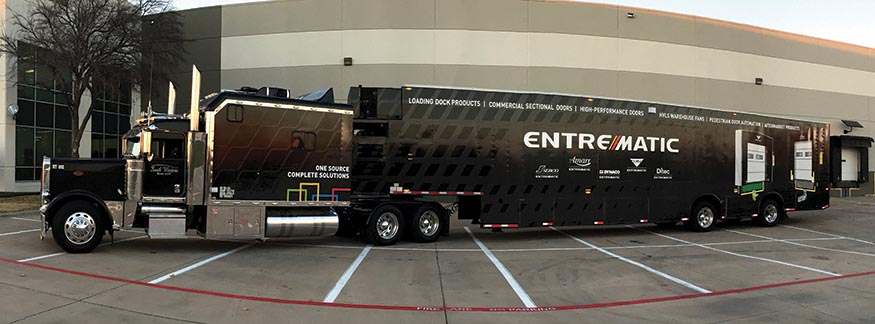
Getting the word out on dock best practices
As it turns out, you can either fly in or drive over to learn more about what Rite-Hite and Entrematic have to say about dock best practices.
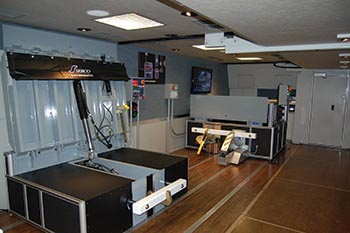 The Rite-Hite Fly-In program is customized for groups to visit the company’s Milwaukee showroom. Organized as a one- or two-day program, it offers the opportunity to view the company’s products in action and compare them directly to those offered by other suppliers. Each program is customized to the visiting group.
The Rite-Hite Fly-In program is customized for groups to visit the company’s Milwaukee showroom. Organized as a one- or two-day program, it offers the opportunity to view the company’s products in action and compare them directly to those offered by other suppliers. Each program is customized to the visiting group.
Entrematic, which also has a showroom at its Carrollton, Texas, headquarters, additionally takes its program on the road. Known as the Entrematic Mobile Academy, this 53-foot trailer drives to locations around the country to demonstrate 38 full-sized demo units of dock equipment.
The trailer has logged more than 750,000 miles across the United States, visiting 5,000 sites and hosting 16,000 people.
Maintenance is also tied into safety and usage here. Although more costly initially, air and hydraulic levelers typically require less maintenance than mechanical levelers. That means fewer maintenance requirements for non-mechanical levelers and a lower cost of ownership over the lifetime of the equipment and building.
The tie in to maintenance
Dock area maintenance is a more complicated story today than it once was. It is no longer just about properly maintaining dock equipment with a lube and oil twice a year by a certified technician. Keeping to a routine schedule and inspecting regularly for issues prior to equipment malfunctions still go a long way to ensuring dock equipment operates safely every time.
But now, maintenance includes issues such as building seals for energy efficiency and sanitation, especially for facilities handling food and beverage.
Since 2011, the Food Safety Modernization Act has had a direct impact on docks. Quite simply, the act pushes to minimize air and water into the building, not to mention rodents. That requires a tight seal at docks. In addition to keeping contaminants outside the building, tight seals also increase energy efficiency. Both are important components of maintenance not just for dock equipment but the building itself.
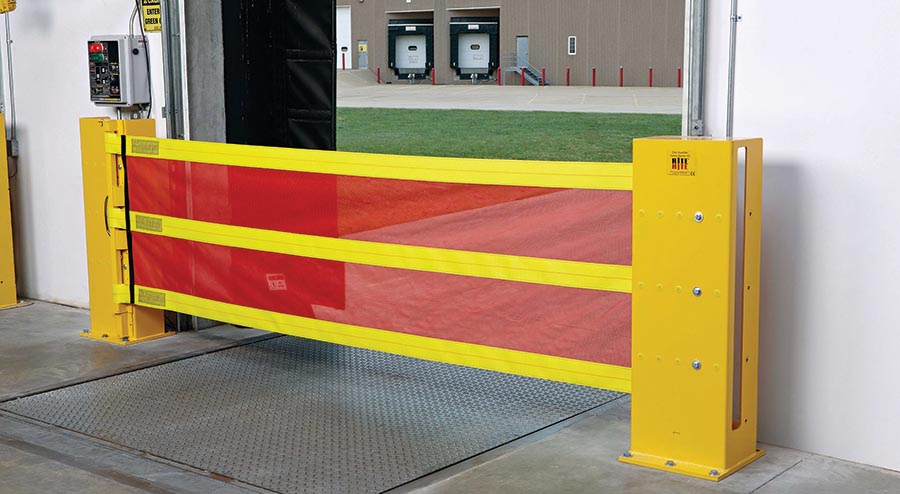
Cold-chain wholesale food distributor Certco, for one, uses vertical levelers, high-speed doors and seals to maximize maintenance of its 130,000-square-foot freezer warehouse. The company says it noticed a huge improvement in terms of food safety, sanitation and energy efficiency as a result.
Certco is just one of many facilities that benefit directly from dock best practices. Fortunately, people are “becoming more savvy on how to get safer and more efficient while improving maintenance,” says Schlesinger. And, it’s all to their benefit. Dock best practices are about fewer accidents, greater efficiency, overall improved safety and lower lifetime operating costs.
Companies mentioned in this article
Dock Equipment Products and Accessories
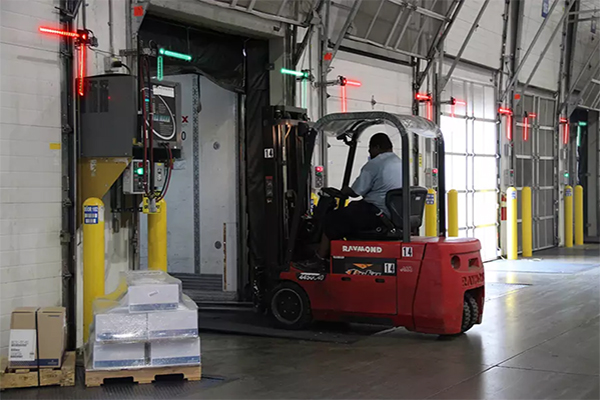 Rite-Vu Hazard Recognition System
Rite-Vu Hazard Recognition System
Safety equipment offered as aftermarket products.
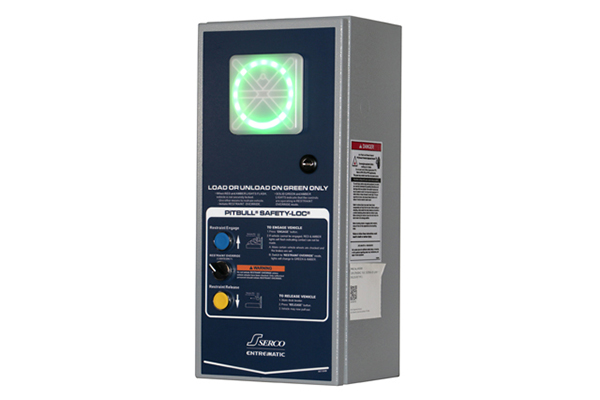 SL60 stand-alone restraint control panel
SL60 stand-alone restraint control panel
Updated restraint control offers narrower footprint.
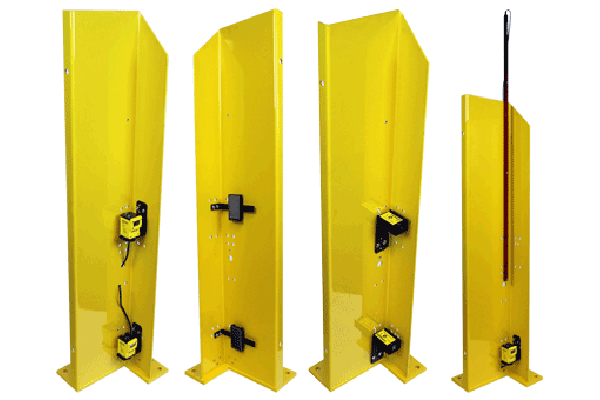 Track Guard LS
Track Guard LS
Protect overhead tracks while monitoring door operation.
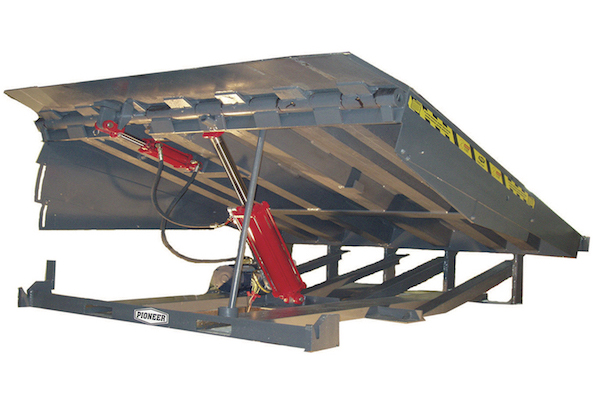 Smart+ HDH Series Dock Levelers
Smart+ HDH Series Dock Levelers
Intuitive touchscreen panel provides real-time feedback.
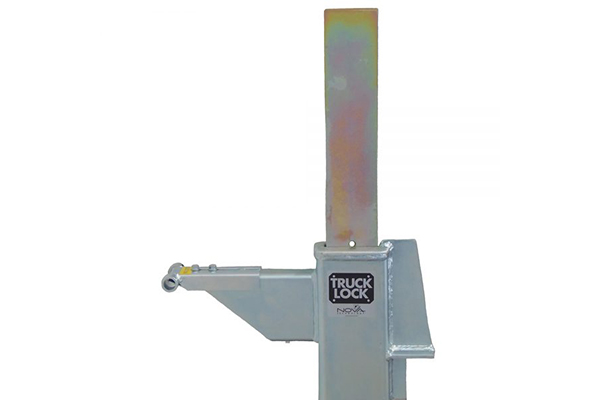 350 Series Truck Lock vehicle restraints
350 Series Truck Lock vehicle restraints
Secure vehicles to dock with restraint device.
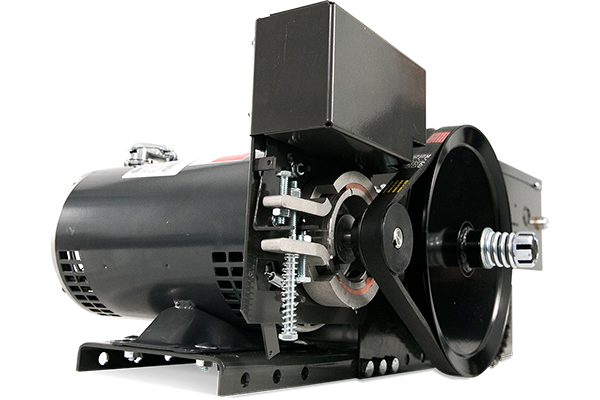 VFD Series of industrial garage door automation systems
VFD Series of industrial garage door automation systems
Automated industrial door openers.

Article Topics
Loading Dock Equipment News & Resources
Rite-Hite ONE digital platform debuts ASSA ABLOY acquires Integrated Warehouse Solutions in the U.S. Destination: Loading dock safety Yusen Logistics partners with Pickle Robot to streamline container unloading Miner Limited, an OnPoint Group company, acquires Bob’s Overhead Door Miner Limited acquires Central State Door Service Loading Dock Safety with New Trailer Designs More Loading Dock EquipmentLatest in Materials Handling
Registration open for Pack Expo International 2024 Walmart chooses Swisslog AS/RS and software for third milk processing facility NetLogistik partners with Vuzix subsidiary Moviynt to offer mobility solutions for warehouses Materials Handling Robotics: The new world of heterogeneous robotic integration BSLBATT is looking for new distributors and resellers worldwide Lucas Watson appointed CSO for Körber’s Parcel Logistics business in North America Hyster recognizes Dealers of Distinction for 2023 More Materials HandlingSubscribe to Materials Handling Magazine

Find out what the world's most innovative companies are doing to improve productivity in their plants and distribution centers.
Start your FREE subscription today.
April 2024 Modern Materials Handling

Latest Resources


